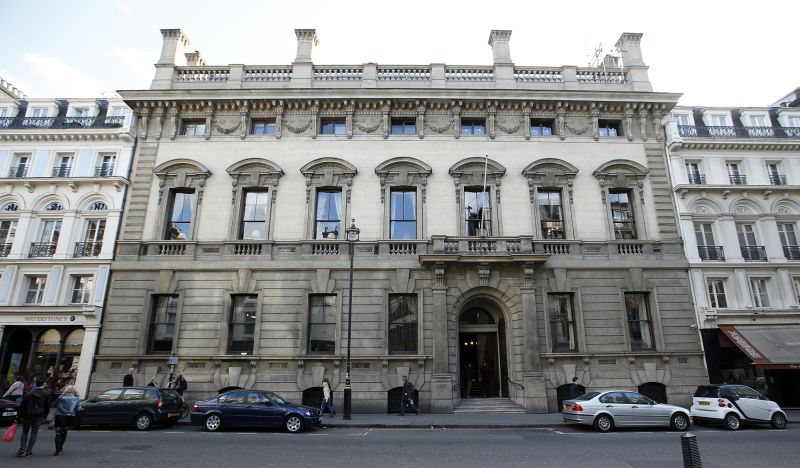 The “world’s largest vacuum” referred to here is essentially a large-scale direct air capture (DAC) system, a technology designed to capture carbon dioxide (CO2) directly from the ambient air. The company behind the project, Orca, powered by Swiss company Climeworks, opened this plant in Iceland in 2021.
The “world’s largest vacuum” referred to here is essentially a large-scale direct air capture (DAC) system, a technology designed to capture carbon dioxide (CO2) directly from the ambient air. The company behind the project, Orca, powered by Swiss company Climeworks, opened this plant in Iceland in 2021.
Here’s a basic outline of how the technology works:
1. Air Intake: Ambient air is drawn into the system with a fan.
2. CO2 Capturing: The air is passed over a highly specialized filter or absorbent material, often containing amines or sodium hydroxide, that binds with the CO2 molecules, effectively ‘sucking’ them from the air. This process usually occurs within modular structures, often referred to as ‘collectors’.
3. Filter Heating: Once the filter is saturated with CO2, it is then heated (using largely renewable sources of energy) to around 80–100 °C. This heat causes the CO2 to be released from the filter in a concentrated form.
4. CO2 Conditioning: The concentrated CO2 is then either prepared for storage or use. With Orca, in particular, the CO2 is mixed with water and pumped deep underground.
5. Mineralization: The CO2 infused water reacts with basaltic rock, which is highly reactive with CO2, and turns into a stable and benign mineral, essentially stone, in less than two years.
This process effectively locks





